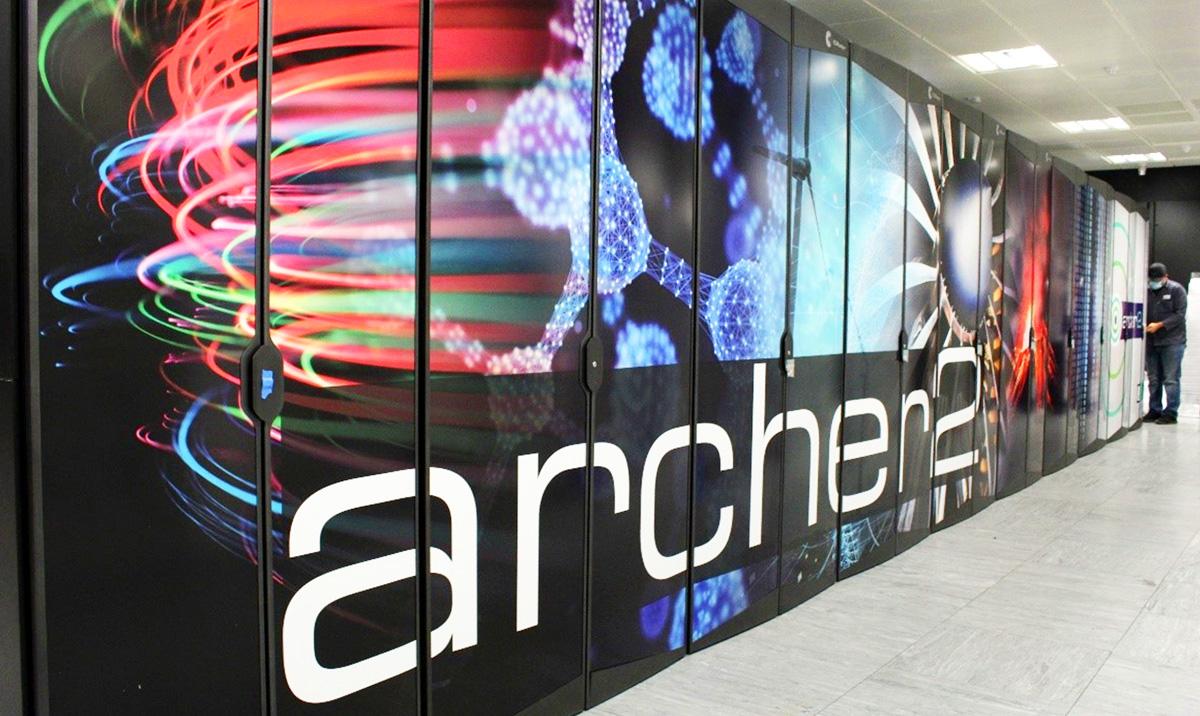
Waste Heat from ‘National Supercomputer’ Could Soon Heat Homes
By Jane Marsh
Home heating has always been one of the largest energy consumers, taking up the bulk of utility costs. However, thousands of households in Edinburgh, Scotland, could harness waste heat from a supercomputing facility for indoor warmth.
This concept represents a promising and innovative approach towards energy efficiency. Supercomputers generate significant heat during their operations, and allowing it to go to waste is impractical.
What Is the National Supercomputer?
Referred to as ARCHER2, the supercomputer at the University of Edinburgh’s Advanced Computer Facility (ACF) is a powerful computing system designed to handle complex tasks and vast amounts of data at incredible speeds.
Supercomputers are vital in advancing various applications, including academia, scientific research, industry and the military. The rise of artificial intelligence (AI) only makes the demand for them much higher.
As of 2023, 500 of the fastest supercomputers are spread across 35 countries — the fastest of which is in the United States.
How Much Heat Does It Generate?
The ARCHER2 national supercomputer provides national climate and health modeling across the U.K. It currently generates around 70 gigawatt-hours (GWh) of waste heat yearly. This figure will likely reach 272 gigawatt hours (GWh) in the coming years amid plans to install a next-generation Exascale supercomputer at the University.
To put this into perspective, 1 gigawatt (GW) is equivalent to generating power from 2.469 million photovoltaic panels — or 310 wind turbines, 100 Million LED bulbs or 2000 Corvettes. Imagine what can be achieved with a staggering 272 GW.
Harnessing the Waste Heat
The idea is to capture the excess heat generated by the ARCHER2 supercomputer and store it in the groundwater near abandoned mines at a maximum temperature of 40 degrees Celsius.
When ready, it would then get transported via heat pump technology to warm at least 5000 households across Edinburgh. The use of these pumps also offers environmental benefits. For instance, electric heat pumps generate less CO2 than conventional systems running on fossil fuels.
If successful, this feasibility study could serve as the basis for converting abandoned mines all over the U.K. into underground heat storage.
As expected, there’s been much excitement about the project, translating £2.6 million in funding from various sponsors, including the U.S. Department of Energy.
How Will It Impact Households Utility?
Research shows U.K. households spend an average of £149.70 per month on energy bills. With one-fourth of homes built over former mines, the supercomputer waste heat project could meet the heating needs of up to seven million households. This would drastically reduce utility costs for beneficiaries sustainably.
It could take a while until the project reaches total capacity — nevertheless, the future of home heating in the region looks promising.
Navigating Potential Challenges
As with any ambitious project, key barriers need addressing. One such challenge is the complex process of cooling the supercomputer enough to capture excess heat. Transferring and storing thermal energy on a large scale will require new infrastructure and extensive modifications, increasing the project’s overall financial requirements.
Using abandoned mine networks as a heat storage solution also raises concerns about potential environmental impact. Vast amounts of coal, shale and other minerals buried underground for years will release harmful substances into the local ecosystem, with long-term health and ecological implications remaining unclear.
While these are valid concerns, the potential benefits of harnessing waste heat to address household heating needs are enough to remain optimistic. Plus, success here means other countries with supercomputers can also leverage this solution to meet their energy requirements.
Sustainable Home Heating Solutions
With the Edinburgh Geobattery project still a long way from commercial-scale application, households must turn to current home heating solutions to lower their energy bills and carbon footprint. These options include:
- Geothermal: Ground-source heat pumps extract heat from the ground to warm the home. This method relies on the earth’s stable temperature, making it an efficient heating solution.
- Solar heating: Solar is a proven renewable energy source, saving homeowners up to $1,500 a year on utility bills.
- Biomass stoves: These systems burn organic materials like wood pellets, agricultural residues or biofuels to provide indoor warmth.
- Hydrogen-powered heating: Hydrogen is a clean fuel widely used in industrial applications. As a potential fossil fuel replacement, it has decreased CO2 emissions by up to 30% in the energy sector and could be utilized for residential space heating.
- High-efficiency boilers: For households dependent on gas heating, opting for a high-performance condensing boiler can significantly reduce energy consumption and emissions.
- District heating: This involves connecting multiple homes to a centralized heating system. District heat production met around 9% of final heating needs worldwide in 2022 and will likely remain an efficient and sustainable solution in the coming years.
Leverage Alternative Home Heating Solutions
Harnessing excess heat from supercomputers presents an exciting and promising solution for home heating. Whether the project is successful or not remains to be seen, but it does move the needle on global sustainability efforts. In the meantime, households can take advantage of alternative heating systems to lower their energy costs and minimize environmental impact.
Article by Jane Marsh
Jane works as an environmental and energy writer. She is also the founder and editor-in-chief of